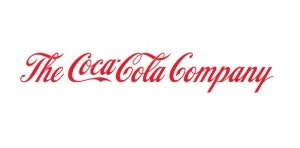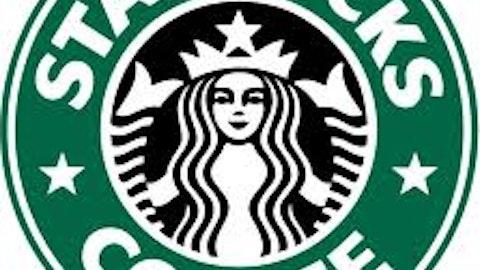The Coca-Cola Company (NYSE:KO) is the best way for U.S. investors to play China’s growth story. Consider that the average Chinese consumer only drinks 39 bottles of Coke per year, compared to the average 400 bottles consumed in the U.S., and you get the picture of Coke’s potential in China. Coca-Cola has been in the Chinese market for only 35 years. In 1978, Coca-Cola was able to convince the Chinese government that if the country wanted tourists, that the country needed to offer Coca-Cola.

Ahmet Bozer, President of Coca-Cola International, said:
“We want to make China our largest beverage market soon.”
The Coca-Cola Company (NYSE:KO)’s goal is to expand its market share. Last year, the company only had 16.6% of the soft-drink market with its Coke, Sprite and Fanta brands. Rival PepsiCo, Inc. (NYSE:PEP) only had a 5.1% share of the market. In terms of carbonated beverages, Coca-Cola has a bigger share of the total market with 55%. PepsiCo has 32% of this market.
Foolish perspective
Consider that between 1979 and 2009, Coca-Cola invested only $2 billion to build its business in China. Between 2009 and this year, the company invested another $3 billion into China. Coca-Cola has already seen a tremendous return on this money, with China sales accounting for 7% of total revenue.
Last year The Coca-Cola Company (NYSE:KO) had $65.64 billion in sales, so China sales accounted for roughly $4.6 billion. Not bad considering the company has so far invested only $5 billion and is getting almost that much in sales from the country in a year–and there’s more growth to come.
According to Ernst & Young, by 2030 an estimated two-thirds of the world’s middle class will be in Asia, primarily in China. The Chinese middle class currently stands at about 150 million. In 20 years, that number will likely be 1 billion. That is incredible growth and as taste preferences change, demand for products like Coke will naturally increase as incomes rise.
How the competition stacks up
The biggest challenger to The Coca-Cola Company (NYSE:KO) in emerging markets is PepsiCo. PepsiCo, Inc. (NYSE:PEP) benefits by being the exclusive soft drink for Yum! Brands, Inc. (NYSE:YUM) and its KFC, Pizza Hut and Taco Bell franchises. KFC is the number-one fast-food chain in China. However, KFC has recently been hit by a tainted meat scare and a bird flu scare. Last month, Yum! Brands reported that its same-store sales were down 29%.
Competitors to Yum! Brands are quick to capitalize on its misfortune. McDonald’s Corporation (NYSE:MCD) is the biggest beneficiary with the problems at KFC. McDonald’s will this year add 300 stores in China and hire 75,000 new employees in China. Currently, McDonald’s has approximately 90,000 employees in China. McDonald’s has only a 15.6% share of China’s fast-food market, compared to 39% for Yum! Brands. Look for McDonald’s Corporation (NYSE:MCD) to close this gap with Yum! Brands, Inc. (NYSE:YUM) over the next few years.


